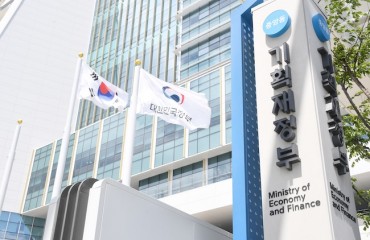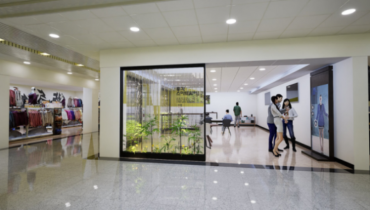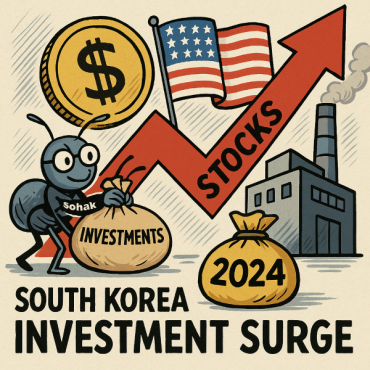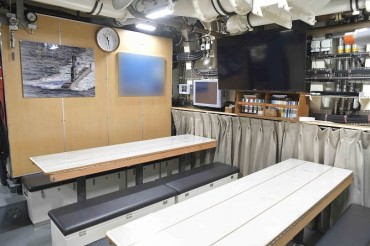SEOUL, Aug. 28 (Korea Bizwire) – LG Chem, a leading South Korean chemical company, has reported encouraging progress in its seagrass restoration project off the coast of Yeosu, where the company has a major facility.
The interim monitoring results, released on August 27, reveal a steady increase in both the area covered by seagrass beds and the biodiversity within these restored habitats.
The project, initiated last year near Daegyeong Island in Yeosu’s coastal waters, aims to counter the decline of seagrass communities due to climate change. Since the restoration efforts began, the seagrass beds have shown significant expansion.
In October of last year, LG Chem transplanted 50,000 seagrass shoots, increasing the habitat area from 42.7 hectares to 44.7 hectares.
Remarkably, the transplanted seagrass has thrived without any die-off, and the area has continued to expand naturally. As of June of this year, the seagrass beds cover 45.5 hectares.
The total area gained through restoration efforts is approximately 2.8 hectares, equivalent to four soccer fields. This expanded seagrass habitat has the capacity to absorb 1,400 tons of carbon annually, offsetting the emissions of about 780 cars.
The density of seagrass has also improved, increasing from an average of 48 plants per square meter last year to 59 this year, matching levels found in natural seagrass communities.
Biodiversity in the restored area has seen a dramatic uptick. While only 17 species, including starfish and marine worms, were observed at the end of last year, the June survey this year recorded 56 species.
Notably, seahorses, considered indicators of ecosystem health and classified as marine protected species, have been spotted in the restored habitat.
LG Chem plans to transplant an additional 20,000 seagrass shoots this year, further expanding the restoration effort.
Kang Jae-cheol, Head of Sustainability at LG Chem, expressed satisfaction with the project’s progress.
“The seagrass community we’ve planted is establishing itself in nature, making a meaningful contribution to marine ecosystem restoration,” he said.
“We will continue to actively pursue seagrass habitat restoration and research projects in collaboration with our partner institutions to create a sustainable marine ecosystem.”
M. H. Lee (mhlee@koreabizwire.com)







